When researching machines to restore, I learned a lot about the various FAEMA models that showed up on the market. Before the iconic E61 model came into the picture, the early FAEMA model series from the 1950s were named after planets. In cosmic order they were: Mercury, Venus, Mars, Saturn, Uranus, Neptune. There are lots of places online to learn more about FAEMA and their models as they hold an important place in the history of espresso. Below is a quick rundown of the FAEMA planetary model series (in somewhat chronological order):
Faema Marte (1950-1959)
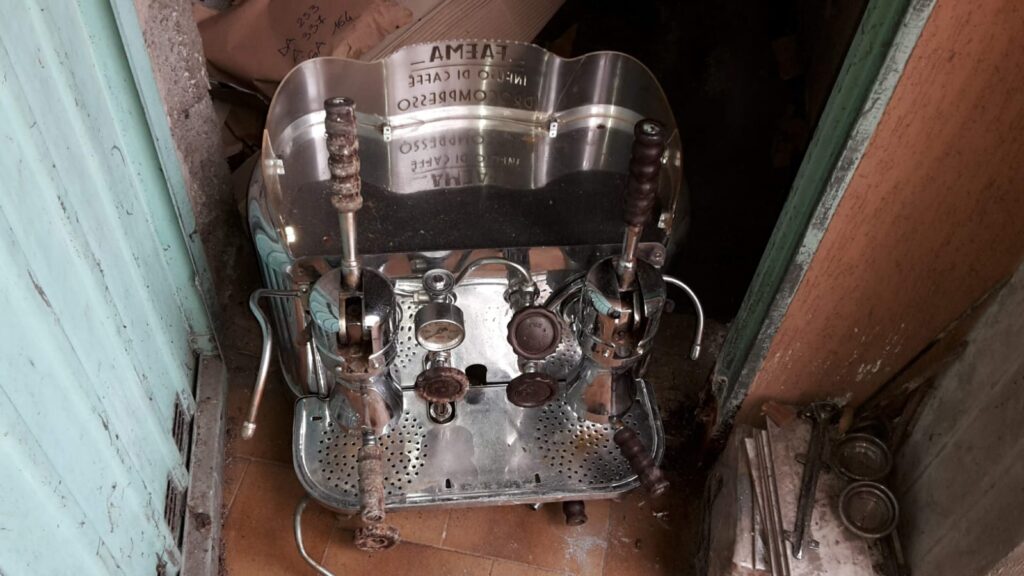

This model was the earliest of the planetary series and personally my favorite looking model, especially the proportions of the dual group machine. They are rare, but not impossible to find, and will be priced accordingly. These machines are not too challenging to restore, but may involve some custom parts if broken or missing.
Venere (1950-1955)

This is the smallest model of the series, and may have been intended for domestic rather than commercial use. This model is very rare. I’ve only ever seen one on offer in classifieds, and I heard it sold for a figure north of $15k.
Saturno (1950-1956)

An ultra-rare machine, and gigantic to boot. There may only be a few specimens available in the whole world.
Nettuno (1950-1956)
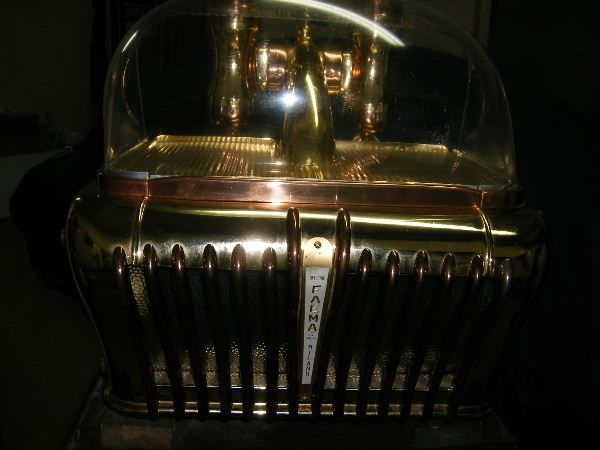

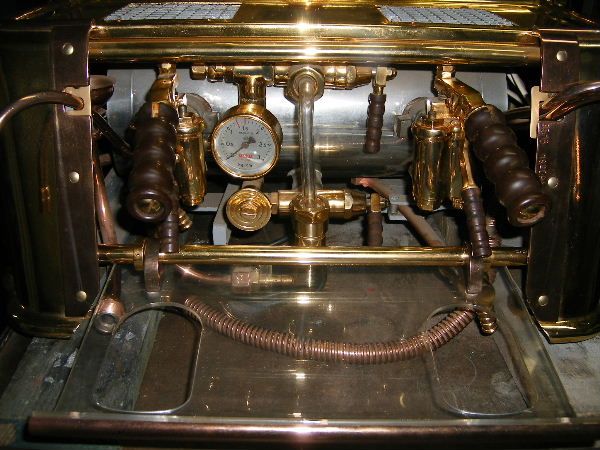
Another gigantic, ultra-rare machine. There are supposedly a few more of these around than the Saturno. I had read a 2 group model weighs in at 150kg. This model was the smaller version of the Saturno, if you can believe it.
Mercurio (1951-1959)


These were modest sized (as far as commercial machines go) single group machines that were suited for lower volume cafes, and appear to have inherited its styling cues from the Marte.
Urania (1954-1964):

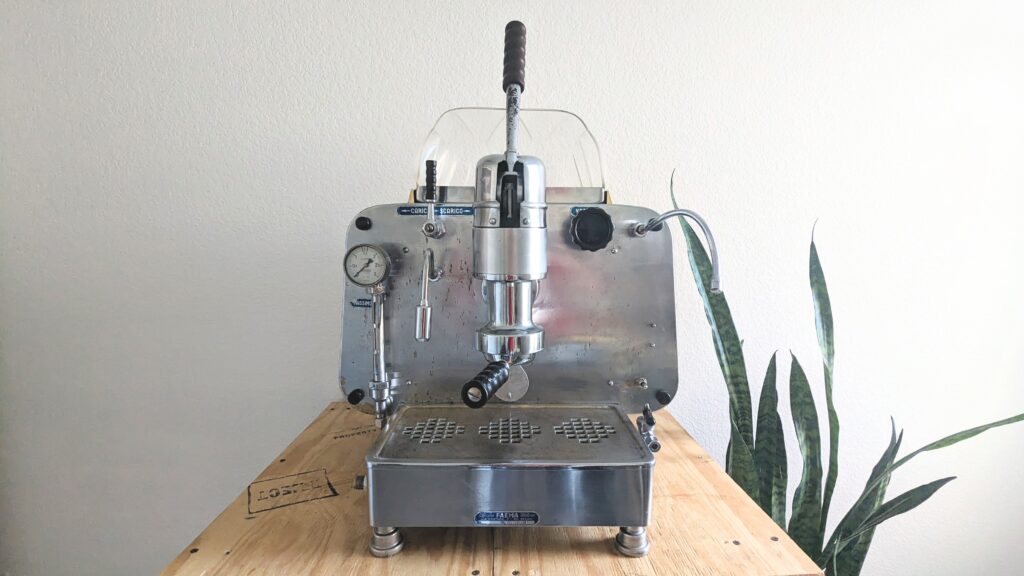
The last model in the series, and it came in a lot of different configurations for size, styling, and groups. You can dive more into this machine here. It is clear how the DNA of this model directly evolved into the E61. In fact, some of the the valves and components for this model were used in the E61, making the Urania a good candidate for a beginner project both service- and parts- wise.
E61 (1961-current)



“Wait, there’s no planet called E61” you’re saying. And yes, thats true. Apparently the celestial connection was that 1961 was the year of a solar eclipse in Italy. You can see how the styling evolved from the Urania with added curves so emblematic of the ’60s. It’s only on this list because it’s so damn iconic.
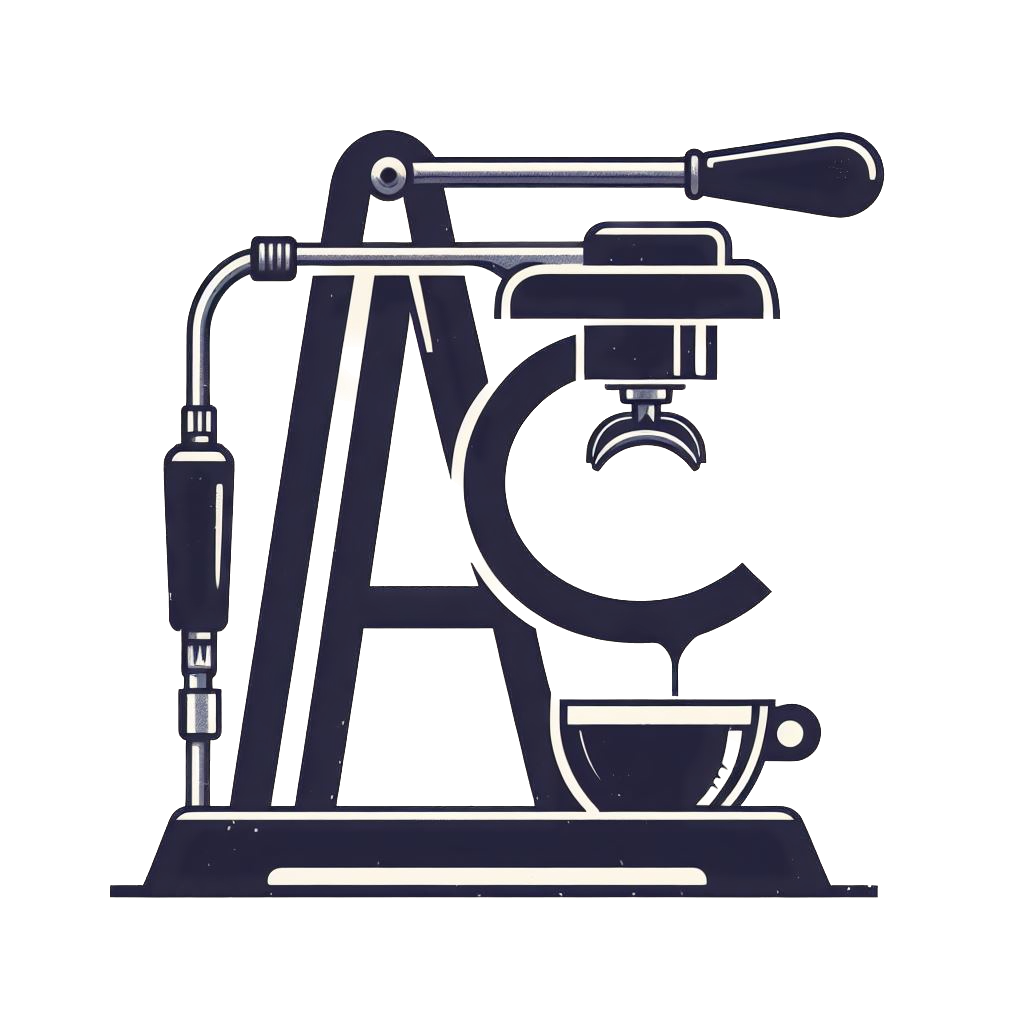
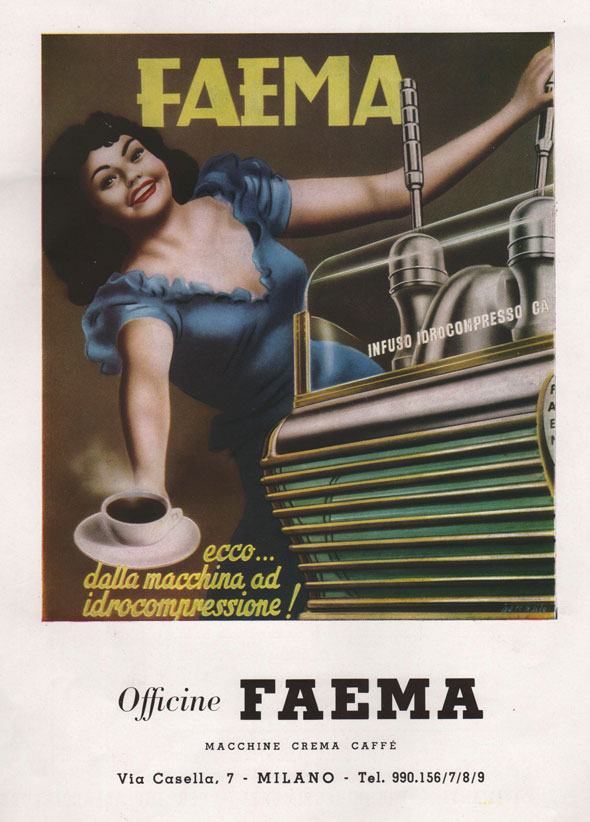
Leave a Reply